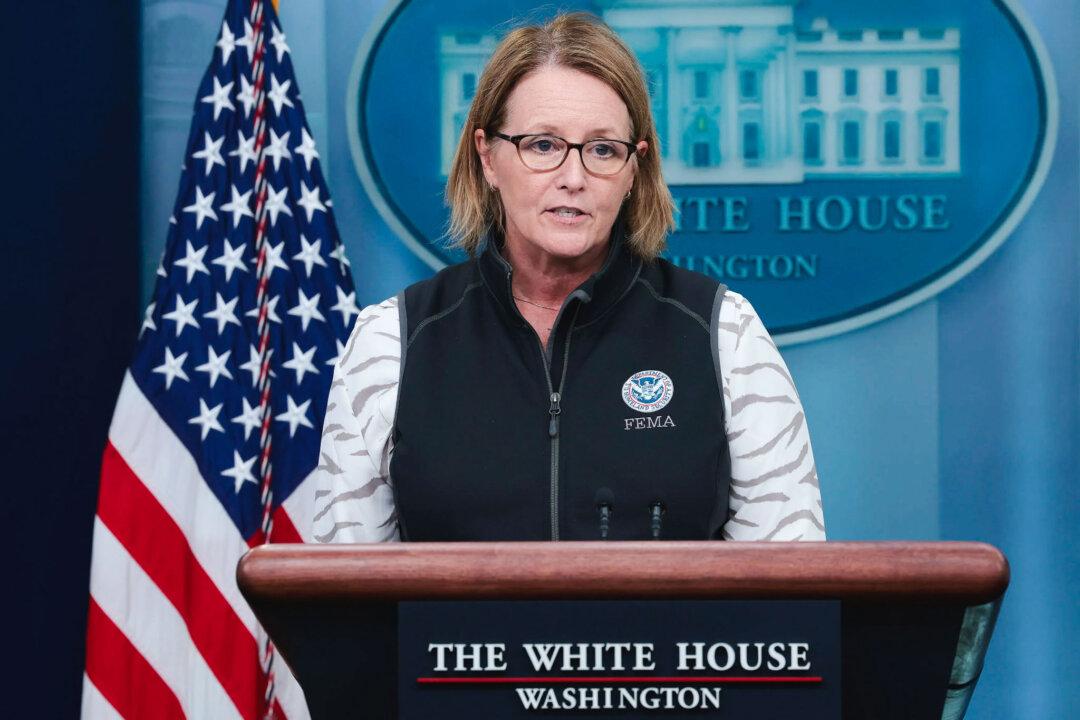No areas of the United States, including Alaska, are forecast to have below-average temperatures over the three-year span, the agency said.
The NOAA said that the regions with the greatest chance of seeing above-average temperatures are northern Alaska, the Southwest, and much of New England.
Meanwhile, the region “from New England to upstate New York also have at least 50 percent odds of above-average temperatures during the next three months.”

The Weather Channel noted that the outlook doesn’t mean that there won’t be any below-average temperatures between now and December.
Winter Forecasts
But, come winter, that warming trend might not last.For instance, it is predicting a “wet and wild” 2019-20 winter in the northeastern U.S.
But overall, it is calling for “shivers, snowflakes … and strong storms” with the “snow-verload” impacting northern states in the Midwest and West.
“In the U.S., this winter will be remembered for strong storms bringing a steady roofbeat of heavy rain and sleet, not to mention piles of snow. The 2020 Old Farmer’s Almanac is calling for frequent snow events—from flurries to no fewer than seven big snowstorms from coast to coast, including two in April for the Intermountain region west of the Rockies,” it wrote on its website.
The Farmer’s Almanac is making a similar prediction.

Last year’s prediction called for a long, snowy winter, and it turned out to be correct for much of the United States.
The 2019-2020 season, according to forecasters, will be another “wild ride” with heavy snow across much of the country, and they described it as a “polar coaster.”
“The biggest drop—with the most freefalling, frigid temperatures—is forecasted to take hold from the northern Plains into the Great Lakes. The Northeast, including the densely populated corridor running from Washington to Boston, will experience colder-than-normal temperatures for much of the upcoming winter. Only the western third of the country will see near-normal winter temperatures, which means fewer shivers for them,” said the Almanac on its website.





